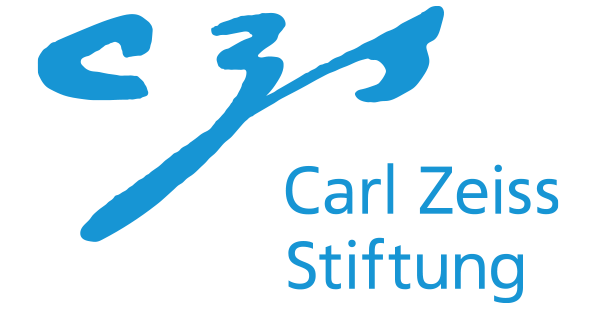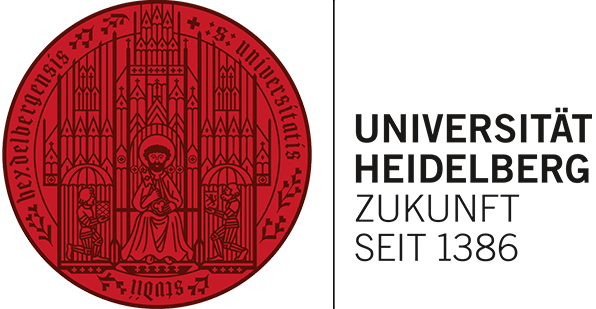Lecture Series on 3D Printing
In order to facilitate collaborations and to provide an opportunity to network, the Cluster 3D Matter Made to Order presents a lecture series about 3D Printing.
The lecture series takes place in Karlsruhe and Heidelberg about 2 to 3 times per year and comprises a presentation, discussions and networking. Scientists in research fields adjacent to the Cluster will be invited to present their research in a talk.
It is mainly intended for PIs and early career researchers participating in the Cluster as well as for interested scientists working in related research fields.
Upcoming lectures will be announced here.

Jorinne Sturm
Cluster Office
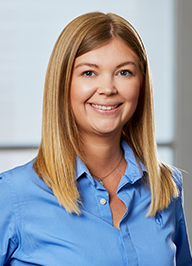
Mirjam Weigand
Cluster Office
Previous Lectures
Here you can find previous lectures in our Lecture Series.
.elementor-accordion .elementor-accordion-item:first-of-type {
display: none;}
.elementor-accordion {
border-top: 1px solid #D4DFF2C7;
}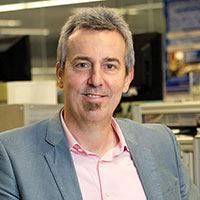
Distinguished Professor Dietmar W. Hutmacher
ARC Industrial Transformation Training Centre in Additive Biomanufacturing, Queensland University of Technology (QUT), Australia
“Melt Electro Writing Biomimetic Fibre Network Architectures – Convergence of Natures Design Principles into Tissue Engineering and Soft Robotics”
Soft network composites have always been nature’s one of the primary materials of choice in building a large variety of multi-functional structures. In the case of soft biological materials, fibre networks designs in the form of polymers reinforced with a architecture of various fibres (e.g., fibrin, collagen, elastin, etc.) are frequently observed. The network of these fibres function as the promoters of mechanical strength and structural integrity as well as affects the biomechanics under movement of these systems.
The lecture focuses on a strategy for translating nature’s fibre-reinforcement design principles into 3D printing at multiple length scales fibre network architectures. I demonstrate case studies how the design of biomimetic fibre networks can be built into soft network composite tissue engineering (cartilage, heart valves) and soft robotics (actuators) applications.
Introduction by Principal Investigator Prof. Dr. Christopher Barner-Kowollik (Karlsruher Institute of Technology (KIT) and Queensland University of Technology (QUT))

Kristen Kozielski, Ph.D.
KIT Institute for Functional Interfaces
“Magnetoelectric materials for wireless neuronal modulation”
Neural implants are devices that can enable doctors and engineers to electrically sense or modulate neural behavior. A nano- or microscale neuroprosthetic that operates wirelessly could be implanted using minimally-invasive routes, potentially avoiding surgical intervention. Magnetoelectric materials, those that couple magnetic fields to electric fields, allow us to wirelessly generate electric signals using input magnetic signals, but also allow us to sense electric signals via output magnetic signals.
Herein, I will introduce the capability to wirelessly interface with neurons using magnetoelectric materials. As these materials directly create an electric field, they can modulate neuronal activity without any biochemical or genetic cell manipulation. I will describe their chemical synthesis and characterization, and demonstrate that they generate electric signals in response to the application of a magnetic field. Finally, I will show their ability to modulate neuronal behavior in vitro, and will conclude with a discussion on potential future applications of these materials for wireless medical intervention.
The lecture took place during the second Welcome Day of the Cluster.
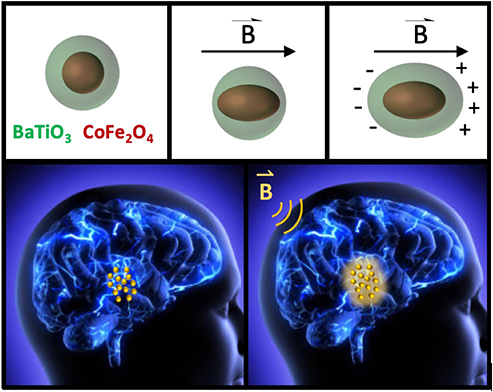

Dr. Venera Weinhardt
Lawrence Berkeley National Labor
“Correlated light and soft x-ray microscopy of single cells”
The diversity of living cells in size and internal complexity calls for a pool of imaging methods with adaptable spatial resolution and information content. Soft x-ray tomography is a three-dimensional imaging technique ideally suited to visualizing and quantifying the internal organization of single cells in a near-native state. As the most comprehensive view of a cell is unlikely to come from a single microscope, Dr. Weinhardt will talk on the effort to combine soft x-ray microscopy with cryogenic fluorescence microscopy to obtain physiological and morphological data that more accurately reflect the complexities of life.
The lecture took place in the context of the HEiKA Day 2019 on which the research bridges of the Heidelberg Karlsruhe Strategic Partnership (HEiKA) traditionally provide insight into their respective cooperation projects.

Dr. Gerardo Hernández-Sosa
KIT Group Leader Printed Electronics Group at InnovationLab
“Printed Organic/Hybrid Optoelectronics: Device Design, Functionality and Biofriendliness”
Printing technology is set to enable the high-throughput low-cost and customized fabrication of optoelectronic and sensors devices. For this goal to become a reality, this functional printing approach should encompass a material process development which enables high device performance and industrial compatibility, thus enabling a facile transfer of research results into consumer applications.
In the first part of this talk, I will present the fabrication of fully printed organic photodiodes (OPDs) by digital printing techniques (e.g. aerosol and inkjet). The devices show mechanical flexibility, semitransparency and an excellent reproducibility. Furthermore, I will discuss the use of the ink formulation as way to access and tailor material optoelectronic properties and our recent efforts in the fabrication of inkjet printed OPDs based on novel non-fullerene acceptors (NFAs). In the second part of the presentation, I will discuss our recent efforts in employing biocompatible and biodegradable materials as passive and active components of printed light-emitting devices and displays.
The lecture took place in the context of the first Welcome Day of the Cluster.


